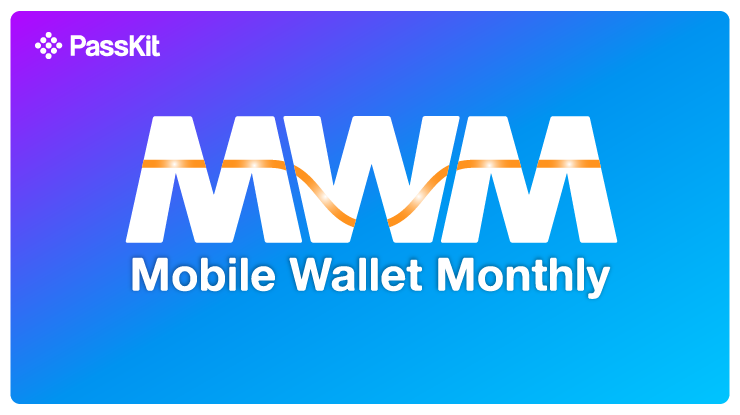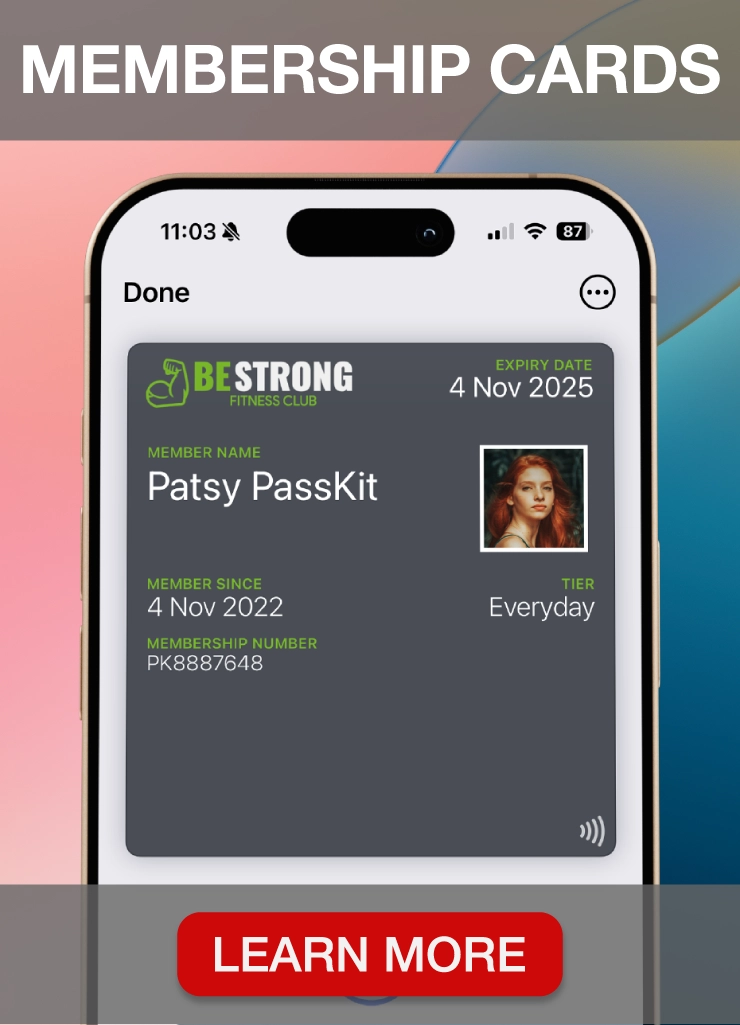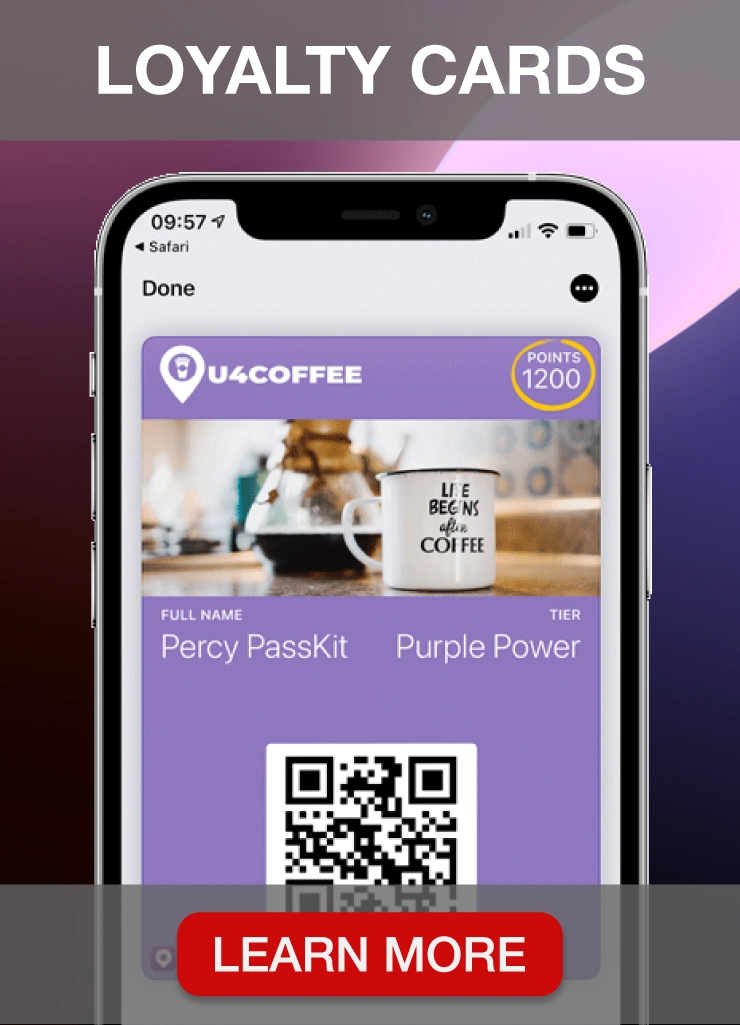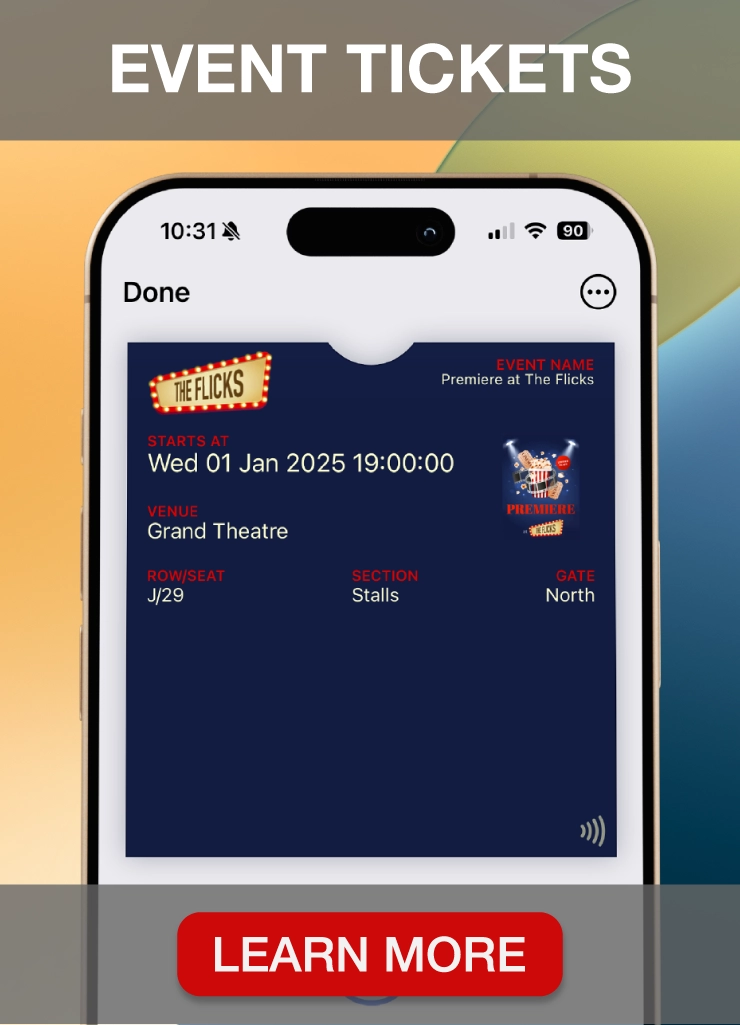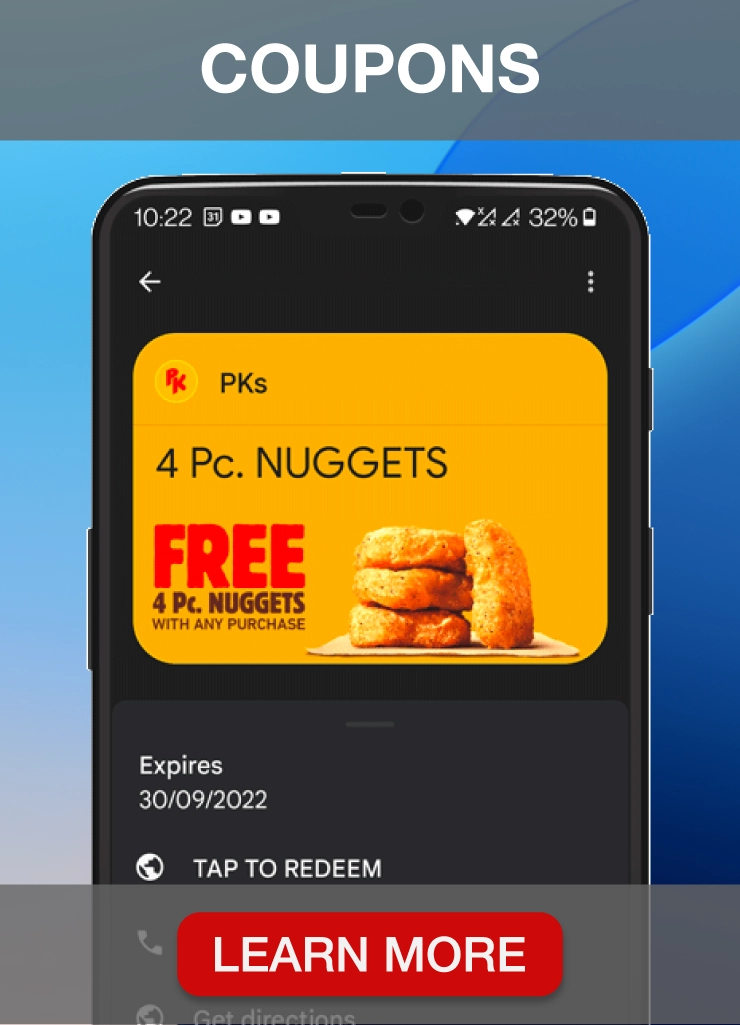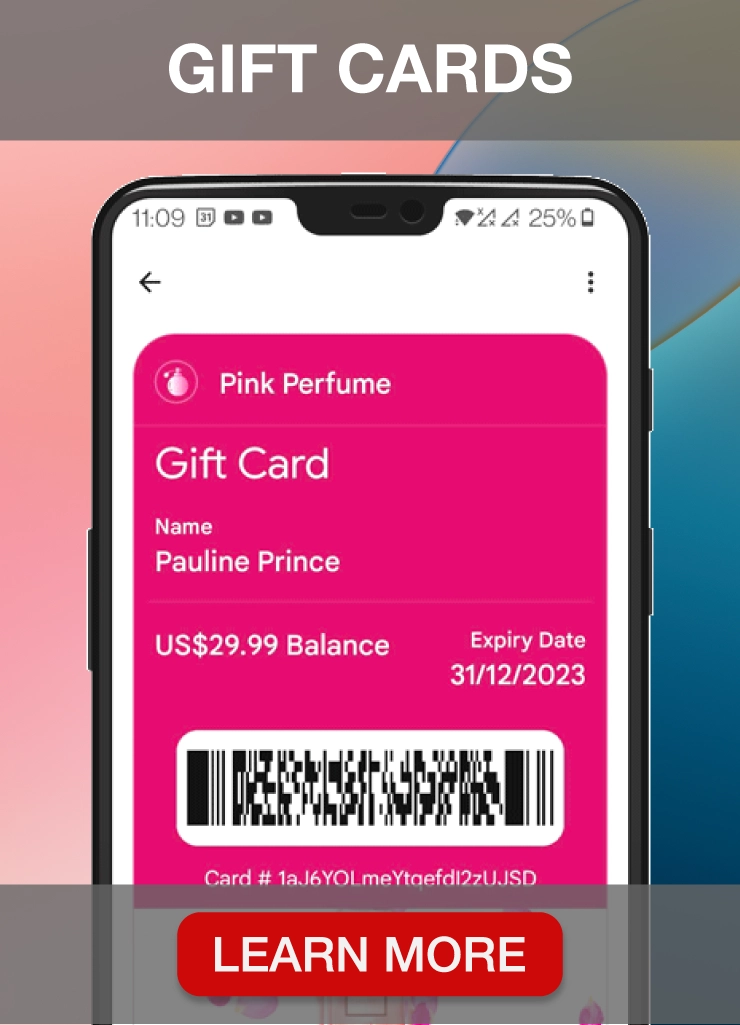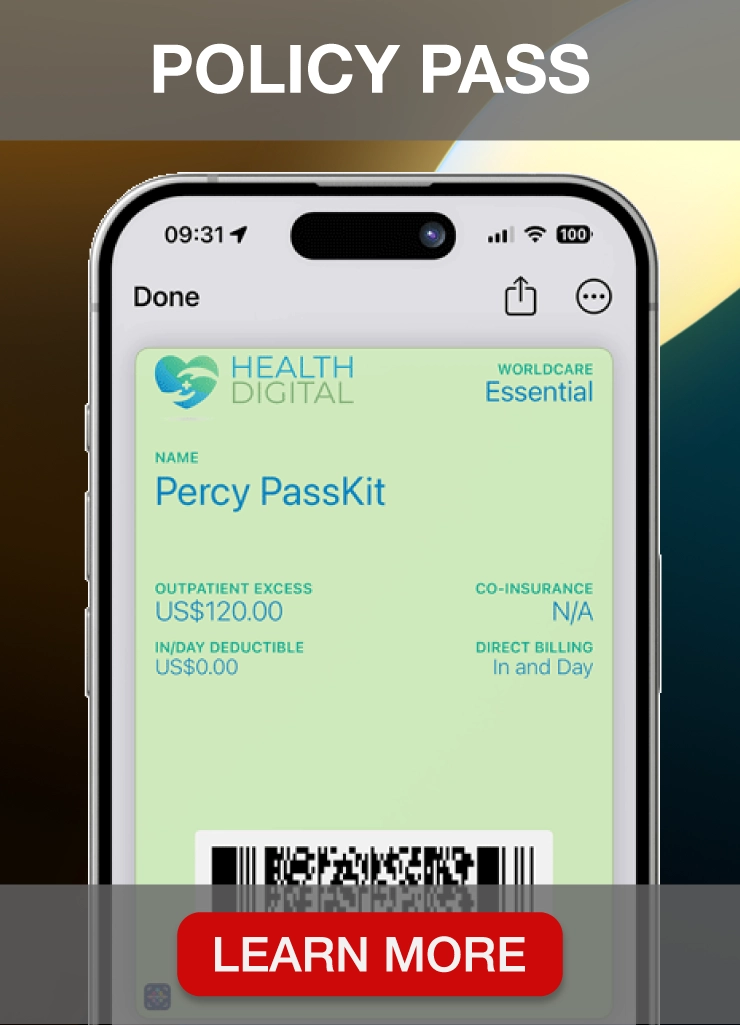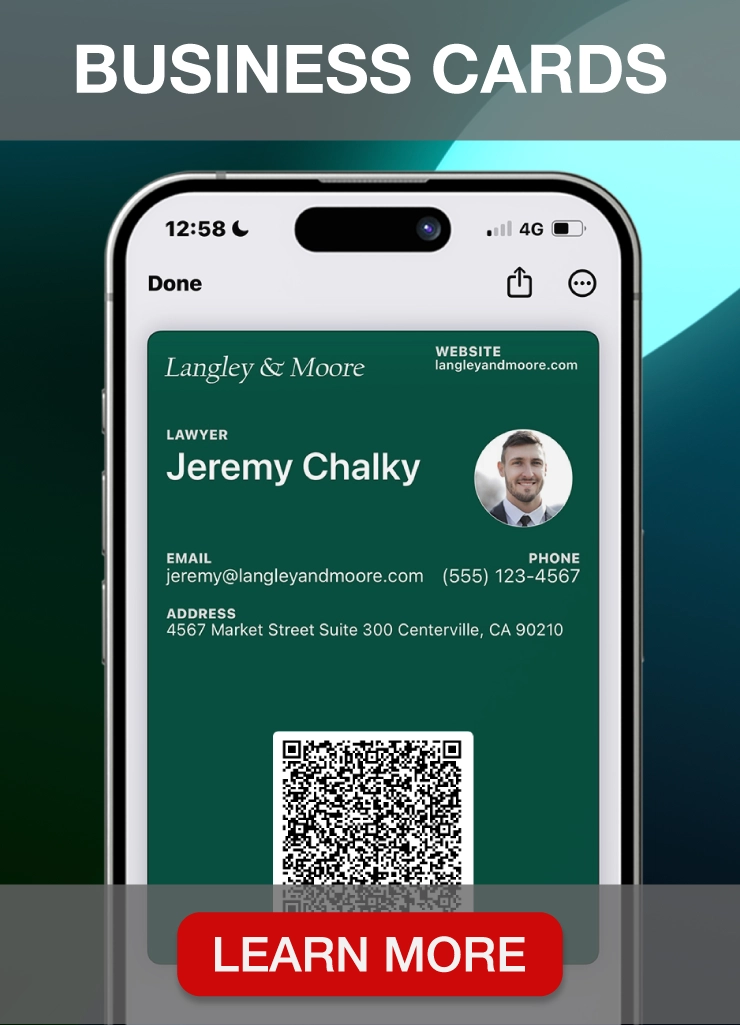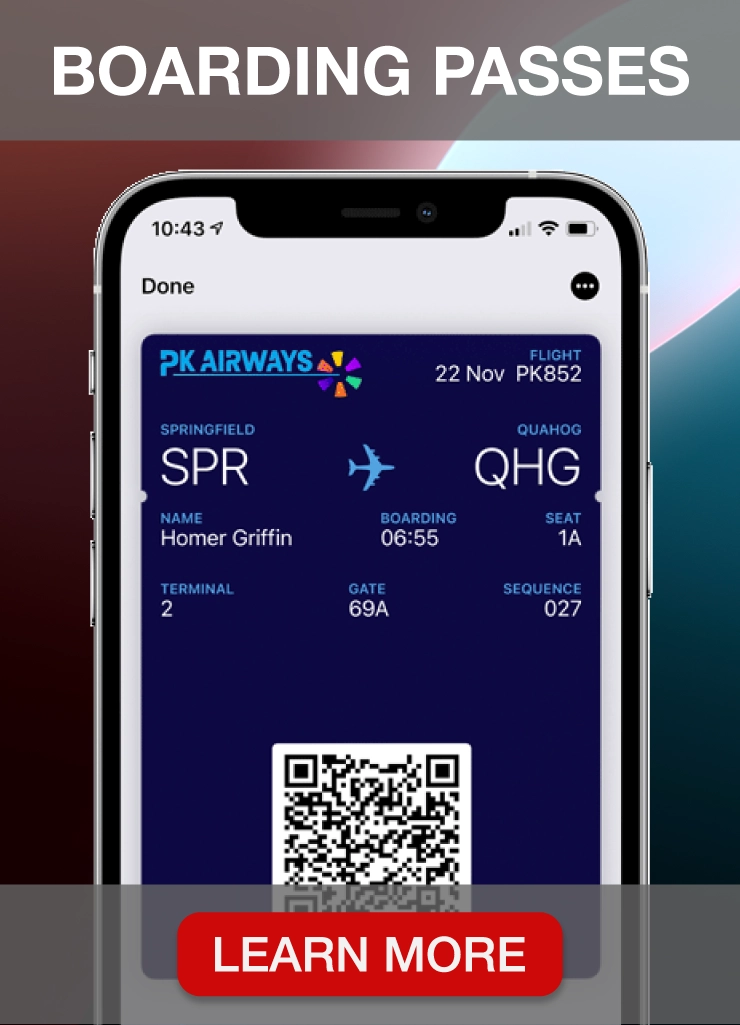Understanding customer behavior and preferences is crucial for businesses, and loyalty program data plays a key role in gaining these insights. It helps loyalty program owners fuel targeted marketing campaigns and create personalized customer experiences.
Effective collection and analysis of customer data require advanced loyalty program management software, and that’s where PassKit comes in.
PassKit enables you to analyze and manage your loyalty program results efficiently, allowing you to derive meaningful insights and make smart decisions to boost customer loyalty and drive business growth.
In this article, we will explore the fundamentals of loyalty program data and show how PassKit can help you gather insights and optimize your loyalty program initiatives.
Understanding loyalty program data
Image source: Exploding Topics
Loyalty program data helps you decipher customer behavior, allowing you to customize customer incentive programs to increase retention and satisfaction. It leads to more effective and personalized loyalty strategies.
- Transactional data tells you everything about what your customers are buying—how often they’re making purchases and how much they’re spending. This information can help you understand your customers’ shopping habits and manage your inventory better.
- Engagement data shows how much your members participate in your loyalty program. If they’re involved, that’s a good sign. If not, it might be time to make some changes to keep things interesting for them.
- Customer feedback is super important. Their opinions give you direct insight into whether your customer loyalty program ideas are working or not from the buyer’s perspective.
- Demographic data, like age, location, and gender, can help you create personalized marketing strategies for different customer groups.
These insights help you improve the program’s effectiveness and build stronger customer relationships.
Importance of customer data analysis
Customer insight helps you identify trends in customer behavior, such as peak shopping seasons, popular products, and purchasing patterns. It allows you to anticipate customer needs, understand why they are joining loyalty programs, improve inventory management, plan promotions, and work on customer experience optimization.
Customer data analysis also enables you to create personalized rewards based on customer preferences. This approach improves marketing campaign effectiveness and builds a stronger emotional connection between the customer and the brand.
Analyzing first-party customer data can provide clarity into why customers stay or leave. It can help you develop effective retention strategies and prevent customers from switching to competitor’s business.
Using customer insights is not just an advantage; it’s a necessity for businesses to stay competitive and meet their clients’ needs.
PassKit is one of the best loyalty program apps for businesses looking to develop automated loyalty programs and effortlessly gather loyalty program data.
It removes the hassle of traditional loyalty programs and makes tracking and analyzing customer data simple, helping you boost your loyalty initiatives.
Let’s explain how PassKit works.
How PassKit facilitates loyalty program data collection
From managing retail loyalty programs to restaurant loyalty programs, PassKit is your complete solution, which allows you to move from traditional loyalty cards to digital passes your customers can easily store on their Apple or Google Wallets.
PassKit allows you to quickly and easily create, manage and customize digital membership cards, loyalty program cards, coupons, e-gift cards, boarding passes, and digital tickets.
Its key benefits include:
- Digital transformation: Shift your loyalty rewards to a digital format, making them more accessible for your customers. Simplify the process of loyalty point collection and reward redemption.
- Ease of use: No coding or design skills are required. Even beginners can use PassKit to set up top-performing loyalty programs.
- Compatibility: PassKit’s digital passes are compatible with trusted platforms like Apple and Google Wallet. Offer digital cards that customers can easily store and use, ensuring your loyalty rewards are always within reach.
- Pass Designer: Get loyalty card templates aligned with Google and Apple guidelines. Use a drag-and-drop interface to create visually appealing loyalty cards, membership cards, coupons, and mobile wallet passes aligned with your branding.
- Mobile wallet marketing: Stay on top of customers’ minds by sending push notifications and location-based alerts, boosting engagement and foot traffic.
- Multichannel distribution: Provide a connected customer experience by reaching out to customers on their preferred platforms and sharing your digital passes using traditional and digital channels.
However, these are just a few of the features that help you track customer behavior and optimize your loyalty efforts.
Advanced analytics and integrations
The primary focus is on PassKit’s proprietary real-time analytics and advanced integrations with third-party sources for gathering additional data about your program performance.
Through Make and Zapier automation, you can enjoy the benefits of:
- Salesforce CRM integration
- Zoho CRM integration
- Marketo integration
- WooCommerce integrations
- ActiveCampaign integrations
- Emarsys integrations
PassKit is also one of the best Shopify loyalty apps that helps you boost your ecommerce loyalty program.
Start a 45-day free trial to explore all the features of PassKit.
Analyzing loyalty program data with PassKit
PassKit provides an intuitive dashboard for monitoring your loyalty program KPIs. Its clear metrics and visualizations help you understand how well your program works and identify areas for progress.
Manual data collection is often time-consuming and prone to errors. PassKit’s automated system streamlines this process, reducing the likelihood of mistakes and saving valuable time.
Automated features allow you to track customer actions, such as saving or removing digital loyalty cards, without constant manual updates.
Total count
You can easily see the number of enrolled members, clearly showing how many customers have signed up for your loyalty program. This metric is essential for gauging the program’s reach and popularity.
PassKit tracks the installation and uninstallation of digital loyalty cards in mobile wallets like Google and Apple Wallet. It helps you understand customer engagement with your loyalty cards, providing insights into how often customers use them.
You can also monitor the number of cards deleted via API or web interface. It helps identify potential issues with your loyalty cards.
Program performance
Assess your program’s performance over different periods—daily, monthly, or yearly. You can set custom date ranges to get precise data, helping you identify trends and measure the success of your loyalty initiatives over time.
Installed wallets
Charts also show which digital wallets your customers are actively using, including Google and Apple Wallet data. This feature helps you understand the distribution of wallet usage among your customer base.
Installed sources
Understand which distribution channels are most effective in bringing in customers. Whether email marketing, SMS marketing, or social media, you can see which methods drive the most engagement.
Use this data to focus your efforts and improve your loyalty program’s reach, ensuring it remains valuable and engaging for your customers.
Start a 45-day free trial now.
Additional loyalty program metrics to track customer behavior
Tracking the right metrics can provide valuable insights into the health of your loyalty program. You can make informed decisions that drive success by focusing on specific data points.
Customer acquisition
- Number of new sign-ups: Track how many new members join your loyalty program over time.
- Cost per acquisition: Calculate the cost of bringing in each new member.
Customer engagement
- Active participation rate: Measure the percentage of members actively using the program.
- Reward redemption rate: See how often members redeem their rewards.
Retention and churn
- Retention rate: This metric shows how many members stay with the program over a defined period.
- Churn rate: Measure how many members stop using the program.
Transactional insights
- Average transaction value: Calculate the average amount spent per transaction by loyalty members.
- Purchase frequency: Determine how often members make purchases.
Customer behavior analytics
- Visit frequency: Track how often members visit your store or website.
- Customer segmentation: Analyze data to understand loyalty program members’ behaviors, preferences, and spending patterns.
Tracking these metrics can help you understand loyalty program trends and improve your strategy. Tools like PassKit can uncover hidden insights and improve your customer loyalty statistics.
Translating loyalty program data into strategies
Translating loyalty program data into actionable strategies can help you improve customer retention and provide a competitive advantage. Here are several ways to do it effectively.
Segment your audience for targeted campaigns
Use your data to segment your audience based on their behavior and preferences. This approach allows you to create targeted marketing strategies that resonate more with diverse customer groups. For instance, you can send personalized offers to frequent shoppers to encourage repeat purchases.
Improve reward structures
Analyze which rewards are most popular among your customers and consider improving your reward structures. If certain rewards drive more engagement, highlight or expand these offerings. It will make your loyalty program more appealing and effective, encouraging more participation.
Improve customer service
Use loyalty program data to identify common customer service issues. Improving customer service can lead to better customer satisfaction and retention. For instance, if data shows customers frequently contact support for order issues, streamline the ordering process to reduce problems.
Identify high-value customers
Identifying high-value customers through loyalty program data allows you to tailor marketing strategies specifically for them. Send exclusive offers or rewards to these customers to strengthen their loyalty and encourage more spending. This targeted approach can maximize the value derived from your most profitable customers.
Identify at-risk customers
Analyze your data to spot customers who may be at risk of leaving. Develop strategies to re-engage these customers by offering special promotions or sending personalized messages. Proactive engagement can prevent churn and maintain customer loyalty.
Analyze the best times to engage with customers
Your loyalty program data can reveal the best times to engage with your customers. By recognizing peak engagement periods, you can time your marketing campaigns more effectively to maximize their impact. It ensures your messages reach customers when they are most likely to respond.
Streamline the customer journey
Review data to understand the customer journey and remove any pain points. Make it easier for customers to earn and redeem rewards and ensure a smooth experience across all touchpoints.
Gather and act on feedback
Collect customer feedback through your loyalty program and make necessary adjustments. Acting on customer feedback can help you improve your program and better meet your customers’ needs. This continuous improvement loop ensures your loyalty program remains relevant and valuable to your customers.
Best practices for loyalty program data analysis
Consistent analysis of your loyalty program data helps improve the customer experience. Make it a habit to review data weekly to spot trends and patterns. Use a customer data platform (CDP) for aggregation.
This ensures all your data is housed in a single place, making it easier to analyze.
Ensure your practices are compliant with data privacy regulations like GDPR or CCPA. Your customers’ data should be protected and handled responsibly. Compliance is crucial to maintaining trust and avoiding legal issues.
Always look for new methods and tools to improve your research. Stay updated with the latest trends in data analysis and customer behavior insights.
Conclusion about loyalty program data
Understanding your loyalty program data is crucial for improving customer satisfaction and identifying new growth opportunities. Analyzing this data can help you create more effective marketing initiatives.
Collect data on customer interactions and purchases and use it to adjust loyalty rewards, which can help retain customers and reduce acquisition costs.
Analyze customer feedback to make improvements that directly impact customer satisfaction. Track key metrics like Customer Retention Rate (CRR) and Customer Effort Score (CES) to gain insights into how well your program is performing.
Update your marketing activities regularly based on the insights gathered, tailor campaigns to the needs and preferences of your loyal customers, and use predictive analytics to forecast future trends.
Finally, sign up for PassKit for free to automate your loyalty program data collection and analysis. It will free up your time for more important tasks and allow you to gain insights to improve your loyalty program strategy.
Start a 45-day free trial now.
FAQs about loyalty program data
What are the statistics of loyalty programs?
Loyalty programs significantly impact customer retention and satisfaction.
For example, 79% of customers say loyalty programs make them more likely to continue doing business with brands.
Collecting and analyzing loyalty program metrics, like the reward redemption rate, can offer valuable insights into customer behavior.
What is loyalty data analytics?
Loyalty data analytics involves collecting and interpreting data from various touchpoints in the customer journey. It helps businesses understand customer loyalty and develop effective loyalty programs.
Analyzing metrics such as Customer Retention Rate (CRR) and Customer Effort Score (CES) can reveal how well your loyalty program performs.
What is first-party data in a loyalty program?
First-party data refers to the information you collect directly from your customers through their interactions with your loyalty program.
It could include purchase history, reward redemption rates, and customer satisfaction scores.
Using tools like PassKit’s advanced analytics helps you track this data effectively.
What are the 3 R’s of loyalty programs?
The 3 R’s of loyalty programs are Rewards, Recognition, and Relevance. These elements ensure that your program offers value to customers:
- Rewards: Incentives such as points or discounts.
- Recognition: Acknowledge and appreciate loyal customers.
- Relevance: Ensure the rewards match customer preferences and behaviors.

